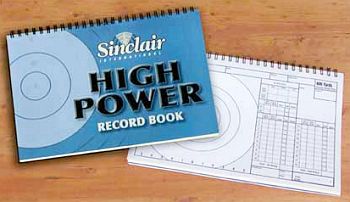Bullet-Making — Even a Novice can Produce Winners
Forum regular Al Nyhus has recently tried his hand at bullet making, producing custom 30-caliber projectiles for his 30 BR match rifles. With help and guidance from his “guru”, bullet-smith Randy Robinett, Al has produced some very impressive bullets. This demonstrates that with patience, determination, and the right tools and components, amazing results are possible, even for a novice bullet-maker.
Al writes: “Thought I’d post some updated info on my 30 Caliber bullet making adventure. It’s been a lot of fun and a real learning experience. I’d like to thank Randy Robinett for all his patient teaching and guidance. The bullets have been working well in competition, being used in the Varmint for Score portion of the IBS Wisconsin State Two Gun Championship win a few weeks back.

Here are two photos from recent testing. In the 100-yard, 15-round target, the wind velocity was purposely ignored and the group was fired only with the same flag angle, trying to determine how they worked in the wind. Winds were 12-18 mph from 4 o’clock.

This 200-yard group was fired in near perfect test conditions — overcast, early in the morning, with no mirage. We usually have a small window of what I call ‘Happy Hour’ before the winds crank up.” NOTE: Al’s 30 BR rifle was smithed by Stan Ware of SGR Custom Rifles.
Measuring Group Size
Note how Al measures his groups. Look at the top photo. You’ll see Al starts with the extreme outside edge of the hole, including the gray edge or ring. Then Al subtracts .290″, the TRUE size of one bullet-hole in the paper, as opposed to .308″, the nominal bullet diameter. If you simply subtract a full bullet diameter you will get a smaller number for your group size. That is good for the shooter’s ego, but Al’s method is more accurate because a bullet normally will cut a hole that is smaller than the actual bullet diameter.


















